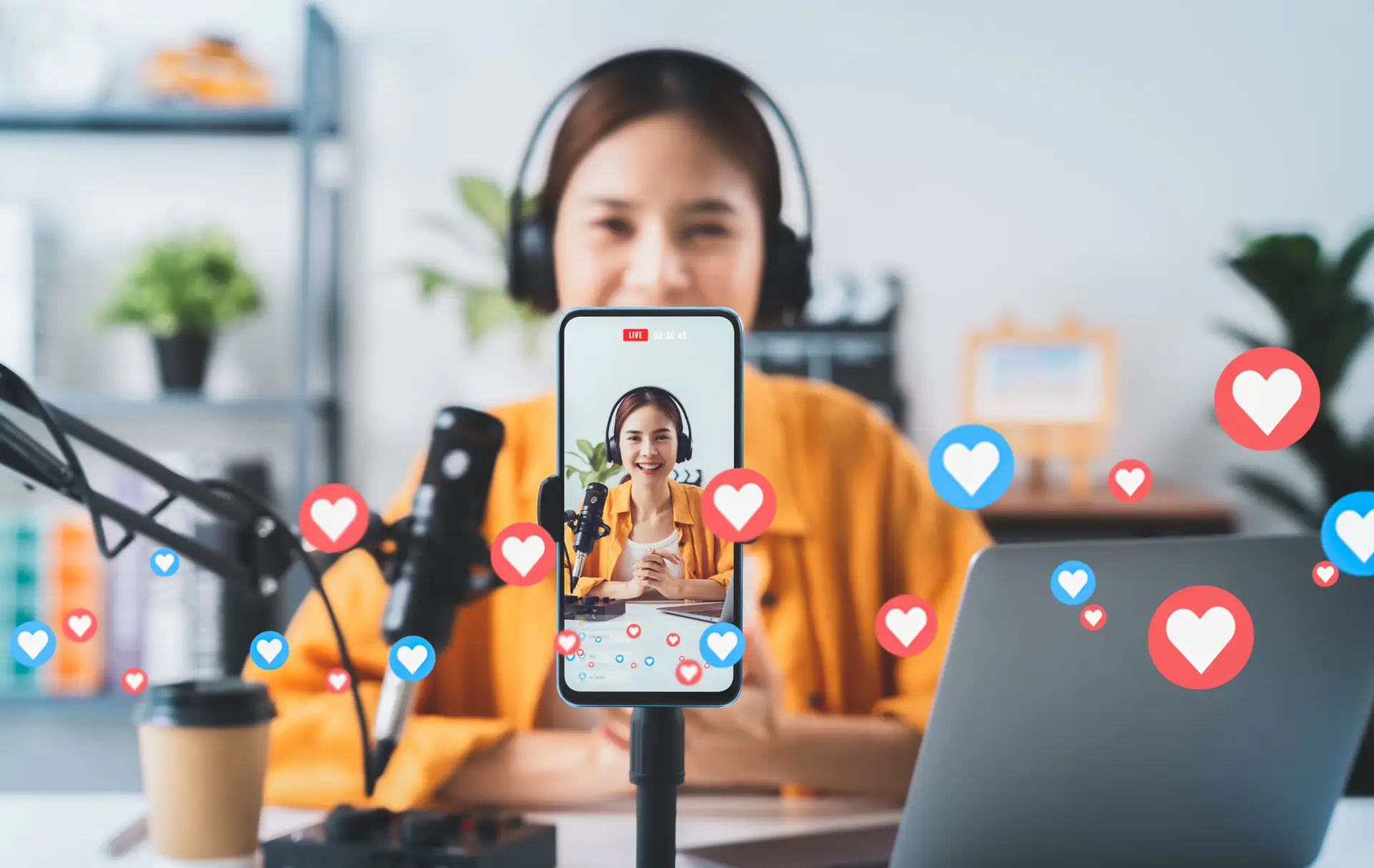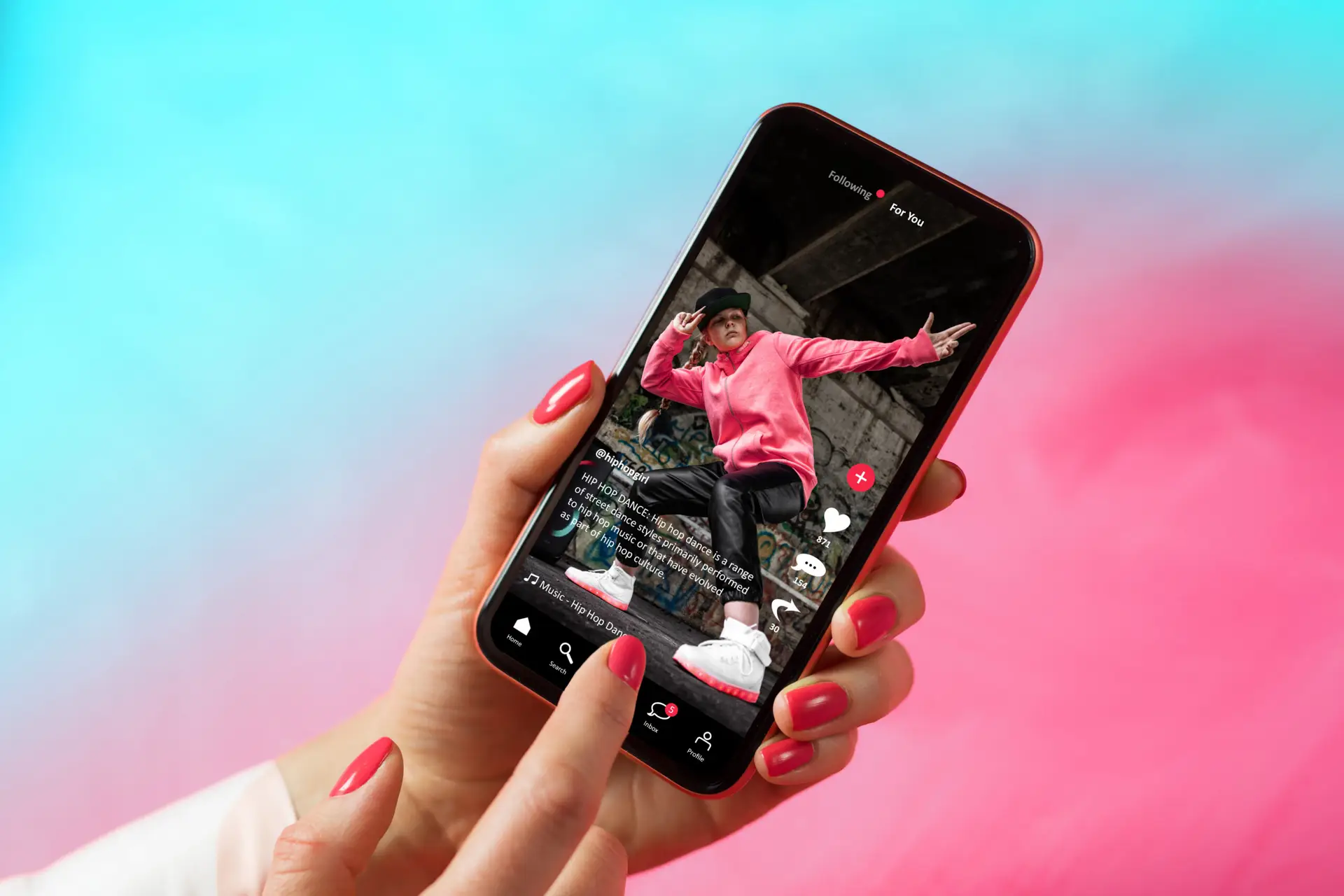
Harnessing the Power of Video Content
The Rise of Video Content in Digital Marketing
In the ever-evolving digital marketing landscape, video content has emerged as a dominant force, reshaping how brands connect with their audiences. According to recent studies, video content is projected to account for over 82% of all internet traffic by 2023, underscoring its growing importance. This shift is driven by the increasing accessibility of high-speed internet, the proliferation of smartphones, and the rise of social media platforms that prioritize video formats.
Marketers are leveraging video to tell compelling stories, showcase products, and engage audiences in ways that static images or text simply cannot achieve. Platforms like YouTube, TikTok, and Instagram have become cultural phenomena, with billions of users consuming video content daily. The visual and auditory nature of video makes it more engaging, memorable, and shareable, which is why it has become a cornerstone of modern marketing strategies. Brands that fail to embrace video risk falling behind in a competitive digital landscape where attention spans are short, and content consumption is at an all-time high.
Table of Contents
Why Video Content Outperforms Other Formats
Increased Engagement and Retention Rates
Video content has a unique ability to capture and hold attention. Studies show that viewers retain 95% of a message when delivered via video, compared to just 10% when reading text. This is because video combines visuals, audio, and motion, creating a multisensory experience that keeps audiences engaged. Platforms like TikTok and Instagram Reels have capitalized on this by offering short, snappy videos that cater to shrinking attention spans.
Moreover, video content encourages higher engagement rates. Social media posts with video receive 48% more views and significantly more shares than those without. This makes video an invaluable tool for brands looking to amplify their reach and foster deeper connections with their audience.
The Emotional Connection of Video
One of the most powerful aspects of video is its ability to evoke emotions. Through storytelling, music, and visuals, video can create a profound emotional connection with viewers. For instance, a heartfelt brand story or a customer testimonial video can resonate on a personal level, fostering trust and loyalty.
Emotionally charged content is also more likely to be shared, extending its reach organically. This is why brands often use video to highlight their values, showcase real-life customer experiences, or support social causes. The emotional impact of video makes it a uniquely effective medium for building lasting relationships with audiences.
Types of Video Content That Drive Results
Explainer Videos
Explainer videos are a powerful way to simplify complex topics and make them accessible to a broader audience. These short, animated or live-action videos break down intricate concepts into digestible, engaging narratives. For example, a tech company might use an explainer video to demonstrate how their software solves a specific problem, making it easier for potential customers to understand its value.
These videos are particularly effective for B2B marketing, where decision-makers often need clear, concise information to make informed choices. By combining visuals, voiceovers, and text, explainer videos can convey a wealth of information in a short amount of time, boosting understanding and driving conversions.
Product Demos and Tutorials
Product demo and tutorial videos are essential for showcasing the features and benefits of a product or service. These videos allow potential customers to see the product in action, building trust and confidence in its effectiveness. For instance, a beauty brand might create a tutorial video demonstrating how to use their latest skincare product, highlighting its unique benefits and application techniques.
Such videos not only educate but also inspire viewers to take action, whether it’s making a purchase or signing up for a service. They are particularly effective in e-commerce, where customers often rely on visual content to make buying decisions.
User-Generated Content (UGC)
User-generated content (UGC) is a goldmine for brands looking to build authenticity and trust. These are videos created by customers, such as reviews, unboxings, or testimonials, that showcase real-life experiences with a product or service. UGC is highly relatable and often perceived as more trustworthy than brand-created content.
For example, a fitness brand might feature videos of customers sharing their transformation stories, creating a sense of community and inspiring others to join. By leveraging UGC, brands can tap into the power of social proof, driving engagement and conversions.
Platforms to Leverage for Video Content
YouTube as a Video Powerhouse

YouTube remains the undisputed leader in video content, with over 2 billion logged-in monthly users. Its search engine capabilities make it the second-largest search engine globally, offering unparalleled opportunities for discoverability. Brands can use YouTube to host long-form content, such as tutorials, webinars, and product reviews, reaching a diverse and engaged audience.
YouTube offers lucrative monetization opportunities for creators and businesses through ads, sponsorships, and other revenue streams. By strategically optimizing video titles, descriptions, and tags, brands can enhance their visibility and attract a broader audience. With tools like YouTube Studio, creators can track performance metrics and adjust strategies to maximize engagement. This combination of monetization and analytics makes YouTube an essential platform for building brand presence and driving long-term growth.
Social Media Platforms (Instagram, TikTok, LinkedIn)
Social media platforms have revolutionized video marketing by making it more accessible and shareable. Instagram and TikTok are ideal for short, engaging videos that cater to younger audiences, while LinkedIn offers opportunities for professional, thought-leadership content.
Each platform has its unique strengths. For instance, Instagram Stories and Reels are perfect for behind-the-scenes content, while TikTok’s algorithm excels at promoting viral videos. LinkedIn, on the other hand, is ideal for B2B marketers looking to share industry insights or company updates.
Website and Email Integration
Embedding videos on websites and emails can significantly enhance user experience and engagement. A landing page with a video can increase conversion rates by up to 80%, while emails with video content see higher open and click-through rates.
For example, an e-commerce site might feature a product demo video on its homepage, guiding visitors toward a purchase. Similarly, a marketing email with a personalized video message can make a lasting impression, fostering stronger customer relationships.
Best Practices for Creating High-Impact Video Content
Crafting a Compelling Script
A well-crafted script is the backbone of any successful video. It should be concise, engaging, and tailored to the target audience. Start with a strong hook to grab attention, followed by a clear narrative that aligns with your goals.
For example, if you’re creating a product demo, focus on the problem your product solves and its unique features. Use conversational language and avoid jargon to make the content relatable and easy to understand.
Optimizing Video Length
The ideal video length varies depending on the platform and purpose. For instance, Instagram Reels and TikTok videos perform best when they are under 60 seconds, while YouTube allows for longer, in-depth content.
Understanding your audience’s preferences and the platform’s algorithms can help you strike the right balance between brevity and depth, ensuring maximum impact.
Adding Captions and Subtitles
Captions and subtitles are essential for making your videos accessible to a broader audience, including those with hearing impairments or non-native speakers. They also improve engagement, as many viewers watch videos on mute, especially on social media.
Adding captions can also boost SEO, as search engines can index the text, improving your video’s discoverability.
The Role of SEO in Video Content Success
Optimizing Video Titles and Descriptions
Effective use of keywords in video titles and descriptions can significantly improve your video’s search engine rankings. For example, a title like “How to Bake the Perfect Chocolate Cake” is more likely to attract viewers than a generic title like “Baking Tips.”
Descriptions should provide additional context, include relevant keywords, and feature a call-to-action to guide viewers toward the next step.
Leveraging Video Transcripts
Video transcripts not only improve accessibility but also enhance SEO. Search engines can crawl the text, making it easier for your video to appear in search results.
For instance, a webinar transcript can be repurposed into a blog post, extending the content’s reach and value.
Video Thumbnails and Click-Through Rates (CTR)
A visually appealing thumbnail can make or break your video’s performance. Thumbnails act as the first impression, influencing whether a viewer clicks on your video.
Use high-quality images, bold text, and contrasting colors to create thumbnails that stand out. Including a human face can also make the thumbnail more relatable and engaging.
Measuring the Impact of Video Content
Key Metrics to Track
To gauge the success of your video content, track metrics like views, watch time, engagement rates, and click-through rates. These indicators provide insights into how well your content resonates with your audience.
For example, a high watch time suggests that viewers find your content valuable, while a low engagement rate may indicate the need for improvement.
Tools for Video Analytics
Tools like YouTube Analytics, Google Analytics, and third-party platforms like Vidyard can help you measure your video’s performance. These tools offer detailed insights into viewer behavior, helping you refine your strategy for better results.
Future Trends in Video Content Marketing
The Rise of Live Streaming
Live streaming is gaining traction as a way to engage audiences in real-time. Platforms like Facebook Live, Instagram Live, and Twitch offer opportunities for Q&A sessions, product launches, and behind-the-scenes content.
Live videos create a sense of urgency and authenticity, making them highly engaging and shareable.
Interactive and Shoppable Videos
Interactive videos, which allow viewers to click on elements within the video, are revolutionizing e-commerce. Shoppable videos enable viewers to purchase products directly, streamlining the customer journey.
For example, a fashion brand might create a video where viewers can click on outfits to buy them instantly, blending entertainment with convenience.
AI and Personalization in Video Creation
AI tools are transforming video creation by enabling hyper-personalized content. For instance, AI can generate personalized video messages for individual customers, enhancing engagement and loyalty.
As technology advances, expect to see more brands leveraging AI to create tailored, data-driven video experiences.
How to Get Started with Video Content Today
Getting started with video content doesn’t have to be daunting. Begin by identifying your goals and target audience. Invest in basic equipment like a good camera and microphone, or use your smartphone for simpler projects.
Leverage free or affordable editing tools like Canva, CapCut, or Adobe Premiere Rush to polish your videos. Start small with social media platforms like Instagram or TikTok, and gradually expand to YouTube or your website. Consistency is key, so create a content calendar to stay organized and maintain a steady flow of videos.





